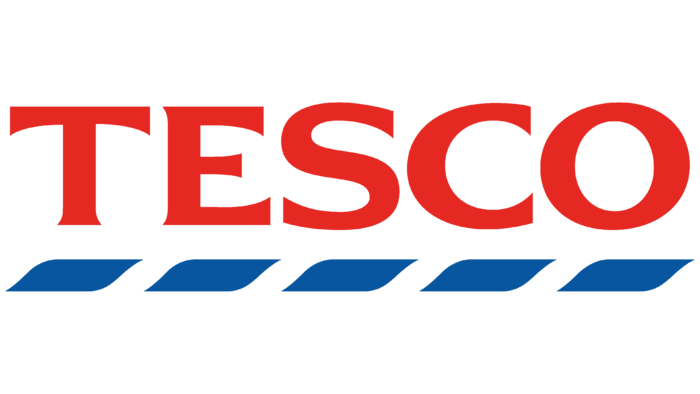Have you made changes to drive your business growth using customer-centric strategies that are based on current trends?
Don’t know which ones are most relevant?
Then read on for a description of each and ideas on actions you can take to reap significant benefits in your growth and profitability.
Introduction
The landscape of customer-centricity continues to evolve rapidly as we move into the second half of 2024. Changes are being driven by technology, changing consumer expectations, and global dynamics.
Companies that fail to keep pace with these shifts risk falling behind, while those that embrace customer-centric strategies based on the latest 2024 trends will thrive.
In this article, we’ll explore the latest tendencies shaping customer-centricity, provide examples of how forward-thinking companies are leading the way, and include relevant statistics that illustrate the importance of these trends.
If you prefer to listen rather than read:
The Key Trends Impacting Customer-centric Strategies in 2024
Let’s start by reviewing the leading trends we have seen in the first half of this year. Are you aware of them all? And more importantly, have you made changes to benefit from some if not all of them?
1. Enhanced Focus on Customer-Centricity
Customer-centricity, once a differentiator, is now an expectation! In 2024, more companies have focused on customer-centricity as their core business strategy. This goes beyond lip service and involves deep integration of customer feedback, behaviours, and pain points into product development, marketing, and service delivery. Are you walking the talk?
A recent study by PwC found that 73% of consumers point to customer experience as an important factor in their purchasing decisions. Still, only 49% of U.S. consumers say companies provide a good experience. This disparity presents a significant opportunity for businesses that can truly place customers at the heart of everything they do.
Companies such as Allbirds, a sustainable shoe company, exemplify this focus by consistently involving their customers in product development through feedback loops, surveys, and data analytics. As a result, Allbirds has grown exponentially by delivering products that align with customer desires for both comfort and sustainability.
Patagonia is another company that excels in customer-centricity. Known for its environmental activism and durable products, Patagonia directly aligns its business operations with customer values.
A standout example of this is their “Worn Wear” program, which encourages customers to buy used Patagonia gear, repair their products, or trade in old items for store credit. This program not only addresses customer pain points related to sustainability but also strengthens loyalty.
According to a 2021 survey, 87% of Patagonia customers expressed increased loyalty due to the company’s ethical practices and customer-first initiatives.
As businesses increasingly adopt customer-centric strategies, expect to see more companies integrating customer feedback into every aspect of their operations.
2. Integration of Artificial Intelligence (AI)
Artificial intelligence is no longer a novelty; it’s a necessity for delivering hyper-personalized customer experiences.
In 2024, AI is already playing an ever-increasing role in predictive


 Target announced last October its plans to introduce the “
Target announced last October its plans to introduce the “ Tesco recently introduced their “
Tesco recently introduced their “ Sainsbury’s has now retaliated with the launch of a new campaign with the title “
Sainsbury’s has now retaliated with the launch of a new campaign with the title “